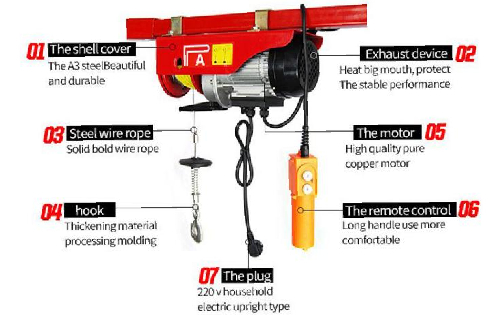


The Importance of Industrial Fall Protection
In industrial settings, safety is paramount, and one of the most critical aspects of workplace safety is fall protection. Falls are among the leading causes of serious injuries and fatalities in various industries, including construction, manufacturing, and maintenance. As operations become more complex and heights increase, understanding and implementing proper fall protection protocols are essential for ensuring worker safety and compliance with regulations.
Fall protection refers to systems and measures designed to prevent workers from falling off elevated surfaces, such as roofs, scaffolding, and ladders. The Occupational Safety and Health Administration (OSHA) outlines guidelines and regulations to help employers safeguard their workers from fall hazards. For instance, OSHA mandates that employers provide appropriate personal protective equipment (PPE), such as harnesses and safety nets, and maintain safe work environments.
The Importance of Industrial Fall Protection
Personal fall arrest systems (PFAS) play a crucial role in protecting workers who cannot be shielded by guardrails. A PFAS includes a full-body harness, anchorage points, and a lanyard. It is critical that these systems are used properly and inspected regularly to ensure they function as designed. Training workers on how to use fall protection equipment is equally vital; they must understand its significance and the correct procedures for operation.

Moreover, safety harnesses and lanyards should be suitable for the specific conditions of the workspace. For example, certain environments may require shock-absorbing lanyards to reduce the impact force of a fall. Workers exposed to hazardous conditions such as slippery surfaces or moving equipment should be taught how to navigate these risks effectively while using their fall protection systems.
Another significant aspect of fall protection is the cultivation of a safety culture within the workplace. Employers must foster an environment where safety is prioritized. This can be achieved through regular safety meetings, safety audits, and encouraging open communication about hazards. Workers need to feel comfortable reporting unsafe conditions and suggesting improvements without fear of repercussions.
Compliance with fall protection regulations is not just about avoiding fines; it’s fundamentally about protecting lives. Each fall incident not only affects the victim but also has lasting repercussions on coworkers and the overall workplace environment. By investing in proper fall protection measures, companies can reduce injury rates, minimize downtime, and promote a more productive and positive work environment.
In conclusion, industrial fall protection is not merely a regulatory checkbox but a vital component of workplace safety. Employers must take proactive steps to implement effective fall protection systems, provide comprehensive training, and foster a culture of safety. By doing so, industries can significantly reduce the risk of falls and ensure that their workers return home safely at the end of each day.



